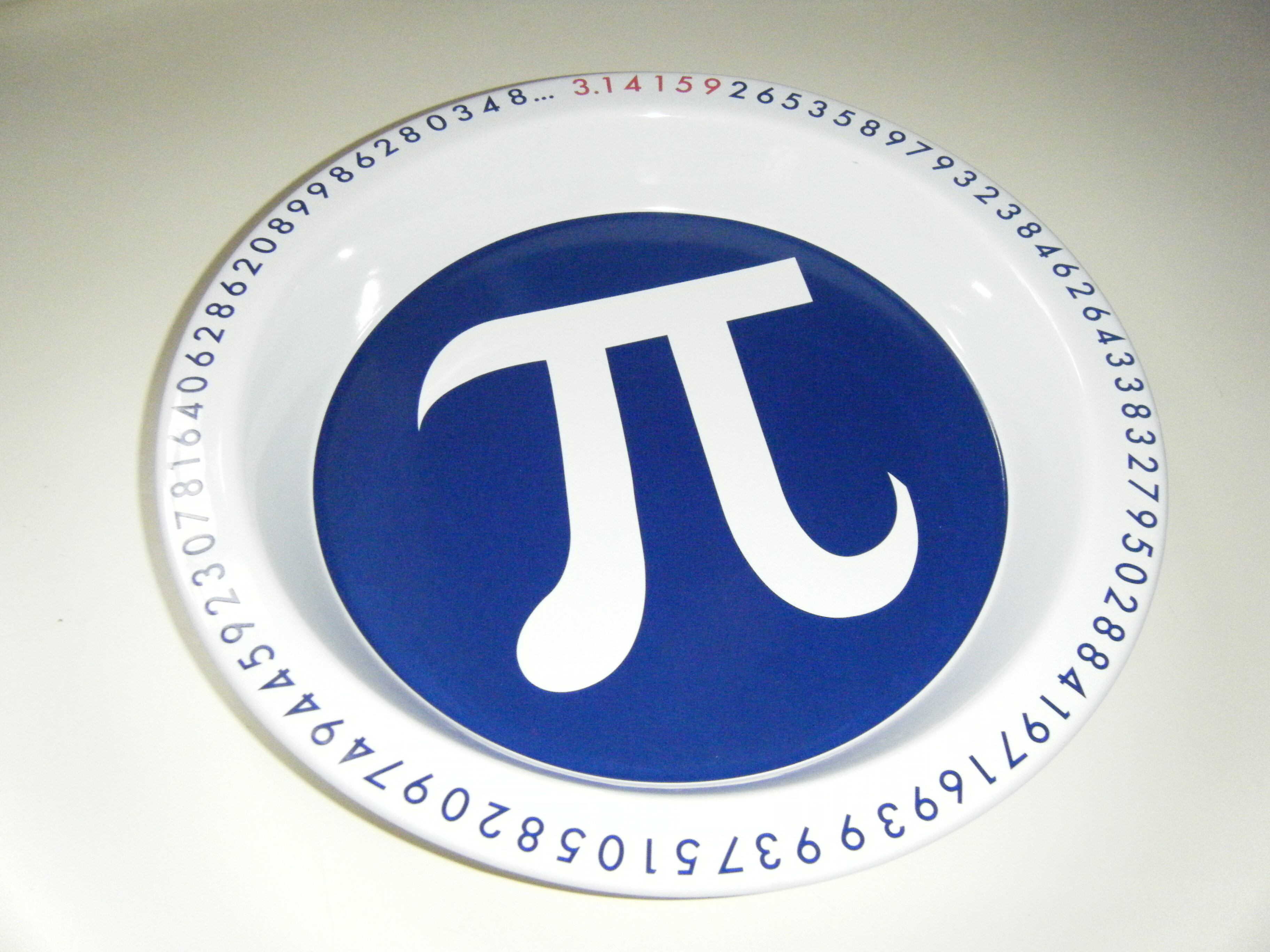I was watching this video, which was describing the intution behind the second derivative. I understand how the 1-dimmensional result was found, but I am quite at a loss for how to arrive at the n-dimmensional result, where the second derivative is the laplacian (the video provides the 3-dimmensional result, i.e. $f(x,y,z)$, at 00:08:08). The specific part that I’m having trouble with is finding the average of the multivariable function so that it fits the equation stated in the video, which, even more confusingly, has a single variable in it.
- Update (2024-05-08T06:31Z): I found this document, which provides a lot more detail.


Knowledge for knowledge’s sake? I find generalizations to be very satisfying.
For the sake of this context, both me and the video are referring to the simple arithmetic mean.
Hrm, well, it would entirely depend on context.
I don’t follow this point. Would it not be entirely context dependent?
Imo, this is approaching it from, say, a physicist’s, or engineer’s perspective, rather than from a mathematicians perspective. Math doesn’t need to have direct applied use for it to be interesting.